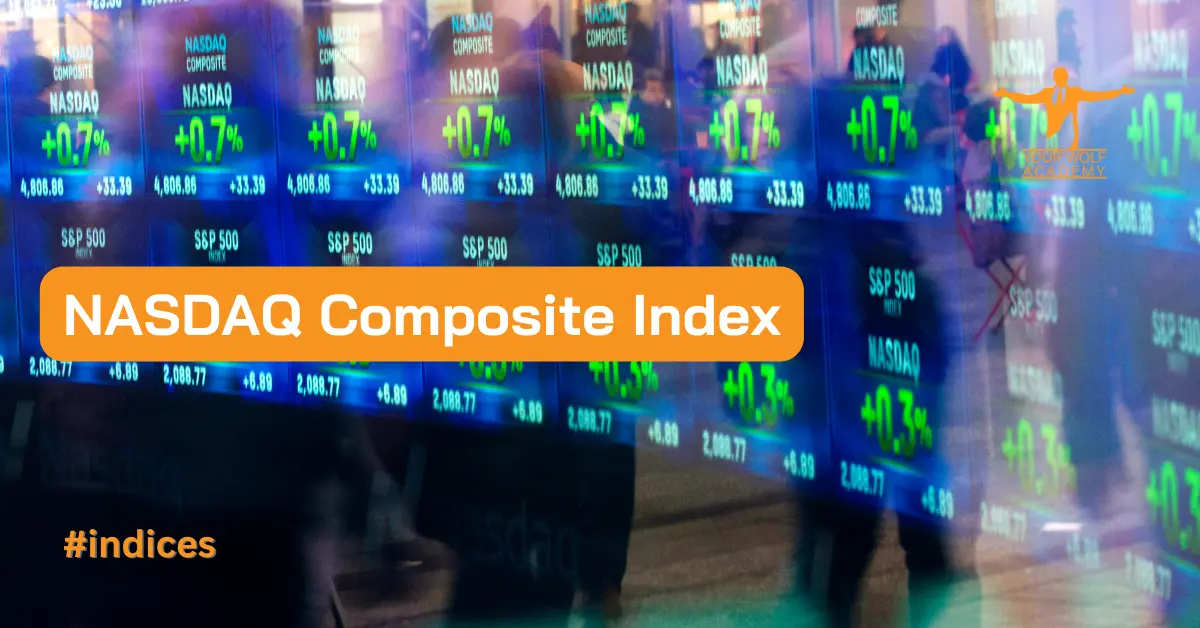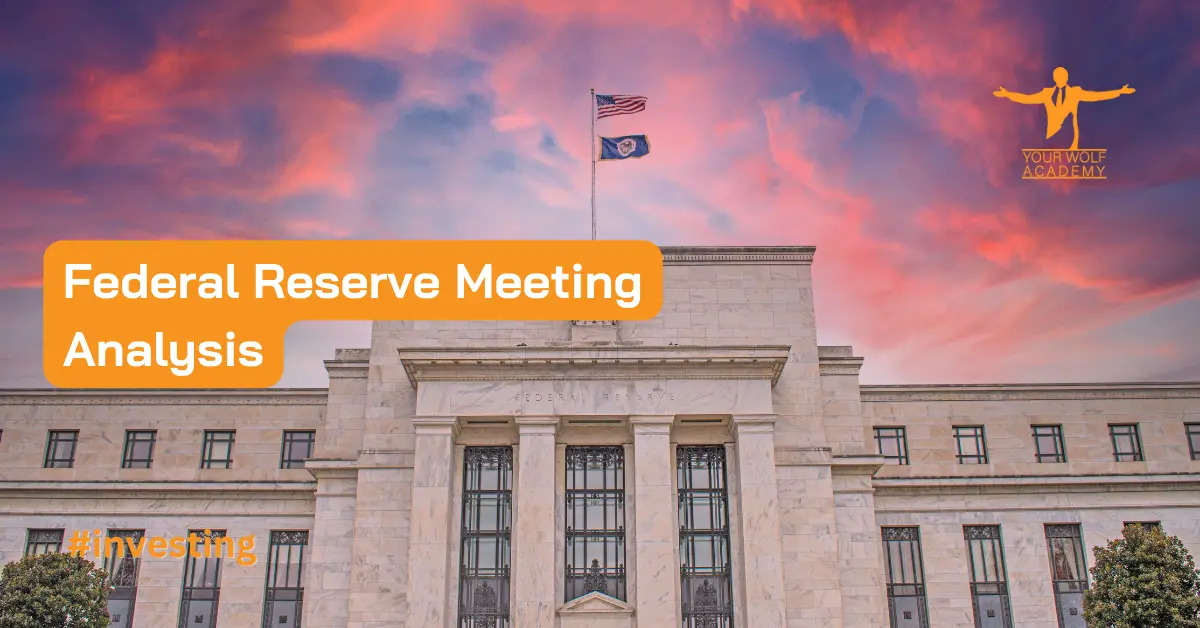The NASDAQ Composite Index, also known as COMPX, is a stock market index that tracks the performance of over 3,000 companies listed on the NASDAQ stock exchange. It is one of the most widely recognized stock indices in the world, and its movements are closely watched by investors and analysts alike.
In this article, we will take a closer look at the NASDAQ Composite Index, including its history, composition, and how it affects the economy.
History of the NASDAQ Composite Index
The NASDAQ Composite Index was first introduced in 1971, and it included all the companies listed on the NASDAQ exchange. However, it was not until 1985 that the index became market-weighted, which means that the larger companies in the index have a greater influence on its performance than smaller companies.
Since then, the NASDAQ Composite Index has undergone several changes. In 1998, it was expanded to include non-U.S. companies, and in 2006, it was restructured to include all types of securities listed on the NASDAQ exchange, including common stocks, ADRs, and REITs.
Composition of the NASDAQ Composite Index
The NASDAQ Composite Index is made up of over 3,000 companies from various industries, including technology, healthcare, finance, and consumer services. Some of the largest companies in the index include Apple, Microsoft, Amazon, Facebook, and Alphabet (Google).
Unlike other indices that are weighted by market capitalization, the NASDAQ Composite Index is based on the market value of all the companies included in the index. This means that the larger companies in the index have a greater influence on its performance than smaller companies.
The industry weighting of the Nasdaq Composite Index based on the included stocks was as follows as of April 29, 2022:
- technology – 51.11%
- consumer services – 16.06%
- consumer goods – 8.8%
- health care – 7.74%
- financials – 7.43%
- industrials – 5.52%,
- oil and gas – 1.02%
- utilities – 0.91%
- telecommunications – 0.90%
- basic materials – 0.52%
The 10 most heavily weighed securities in the Nasdaq Composite Index as of March 31, 2022 were:
- Apple Inc (AAPL) – 12.25%
- Microsoft Corp. (MSFT) – 9.93%
- Amazon.com Inc. (AMZN) – 7.13%
- Tesla Inc (TSLA) – 4.79%
- Alphabet Class C (GOOG) – 3.79%
- Alphabet Class A (GOOGL) – 3.59%
- Nvidia Corp. (NVDA) – 2.93%
- Meta Platforms (META) – 2.21%
- Broadcom Inc. (AVGO) – 1.11%
- Costco Wholesale (COST) – 1.1%

How the NASDAQ Composite Index Affects the Economy
The NASDAQ Composite Index is a key indicator of the health of the technology sector, as many of the largest companies in the index are technology companies. As a result, when the index is performing well, it is often seen as a sign of a strong economy, particularly in the United States.
Additionally, the NASDAQ Composite Index can have a significant impact on investor sentiment. When the index is performing well, investors may become more confident and optimistic about the future of the economy, which can lead to increased investment and economic growth.
However, the NASDAQ Composite Index is not without its risks. Like any stock market index, it is subject to volatility and can experience sharp declines during periods of economic uncertainty or market instability. For example, during the dot-com bubble of the late 1990s, the NASDAQ Composite Index experienced a rapid rise in value before crashing in 2000.
Investing in the NASDAQ Composite Index
Investors can gain exposure to the NASDAQ Composite Index through index funds or exchange-traded funds (ETFs) that track the performance of the index. These funds allow investors to diversify their portfolio by investing in a wide range of companies in the technology and other industries.
However, it is important to note that investing in the NASDAQ Composite Index carries risks, just like any other investment. While the index has historically performed well, there is no guarantee that it will continue to do so in the future.
Conclusion
The NASDAQ Composite Index is an important indicator of the health of the technology sector and the broader economy. Its performance can have a significant impact on investor sentiment and economic growth. Understanding the history and composition of the index can help investors make informed decisions about their portfolio and navigate the risks and opportunities of the market.
While investing in the NASDAQ Composite Index can be a good way to gain exposure to a diverse range of companies in the technology and other industries, it is important to do your research and understand the risks involved before making any investment decisions.
Your Wolf Academy offers a range of educational resources to help traders succeed, including free signals, technical analysis, and weekly webinars. Sign up today and get a recommendation for a regulated brokerage company that suits your needs.


